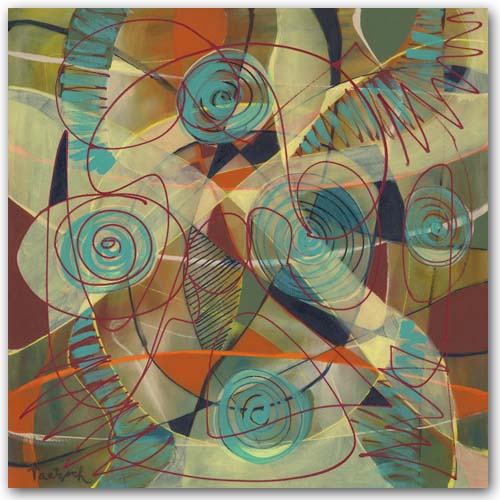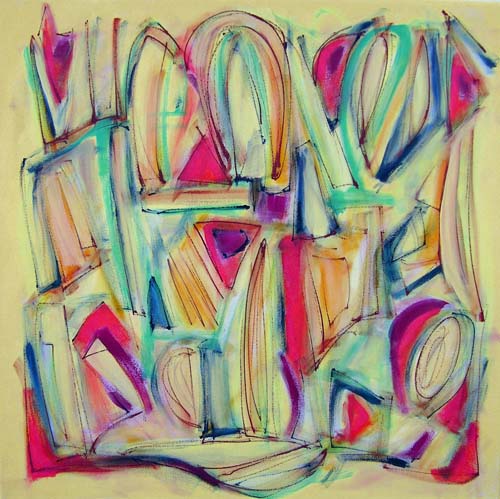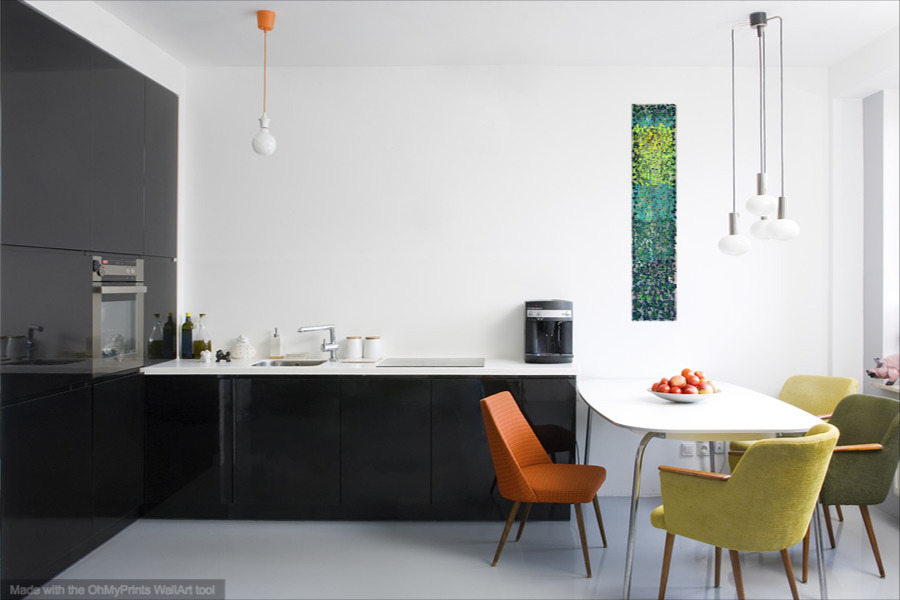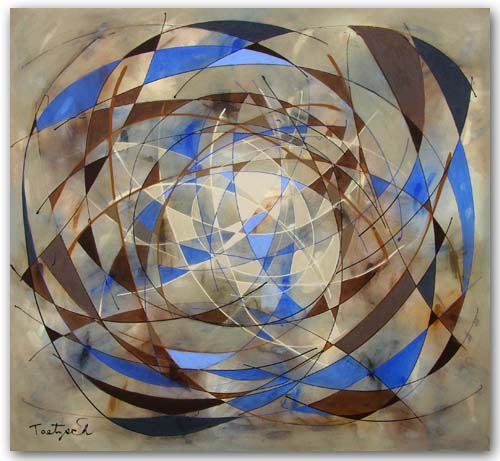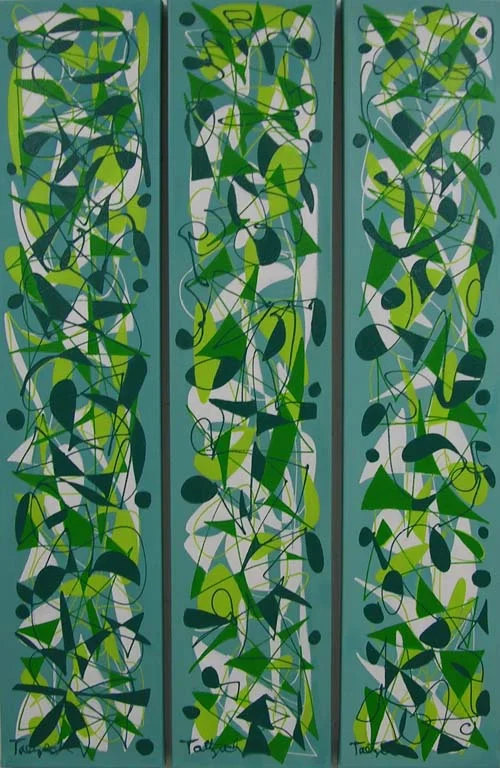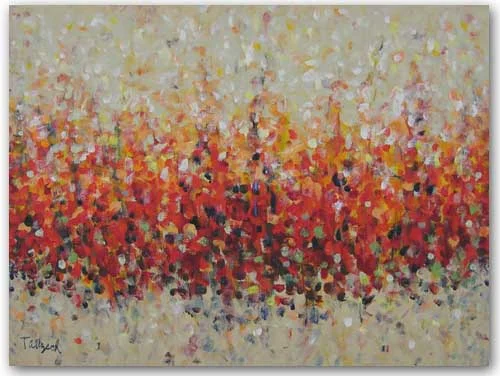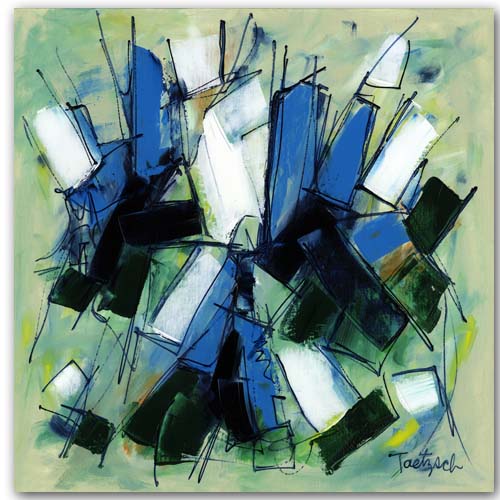What kind of art do you like?
If you regularly visit galleries and museums, you probably already have a good sense of what kind of art appeals to you. If not, there are many opportunities to browse art within your community at local exhibitions and art fairs. Even small towns usually have a non-profit gallery space, and your local café or restaurant may exhibit the works of local artists. In larger cities, galleries often get together for monthly or periodic "gallery nights" where all the galleries hold open house receptions on the same evening. It's a great way to see a lot of art in a short time.
Today the internet provides the largest variety and depth of fine art available worldwide. You can visit museum websites and see master works from ages past, check out online galleries for group shows, and visit hundreds of individual artists' websites. One advantage of using the internet is that you can search for the specific kind of art you are interested in, whether it's photography, impressionism, bronze sculpture, or abstract painting. And when you find one art site, you'll usually find links to many, many more.
Should the art fit the room or the room fit the art?
As an artist, I'd certainly prefer that everyone buy the art they love and then find a place to put it. If you feel strongly about a particular work of art, this is certainly the way to go. But you may find that when you get the art home and place it on a wall or pedestal, it doesn't work with its surroundings. By not "working," I mean the art looks out of place in the room. Placing art in the wrong surroundings takes away from its beauty and impact.
What should you do if you bring a painting home and it clashes with its environment? First, hang the painting in various places in your home, trying it out on different walls. It may look great in a place you hadn't planned on hanging it. If you can't find a place where the art looks its best, you may need to make some changes in the room, such as moving furniture or taking down patterned wallpaper and repainting in a neutral color or a tint that matches a color in the painting. The changes will be worth making in order to enjoy the art you love.
Sometimes the right lighting is the key to showing art at its best. You may find that directing track lighting on the art is all it needs to exhibit its brilliance. If you place a work of art in direct sunlight, however, it may be affected by the ultraviolet light and fade over time. (Works on paper and other delicate art should be framed under UV protected glass or acrylic.)
How to pick art to fit the room.
If you prefer to do the room first and then find the art, size and color are the two major criteria for selecting art to fit its surroundings. For any particular space, art that is too large will overwhelm and art that is too small will be lost and look out of proportion.
As a rule, paintings should be hung so that the center of the painting is at eye level. Sculpture may sit on the floor, a table, or pedestal, depending on the design. Rules should be considered guidelines only, however, so feel free to experiment. One collector, for example, hung an acrylic painting on their bedroom ceiling so they could better view it while lying down.
When selecting a painting to match color, select one or two of the boldest colors in your room and look for art that has those colors in it. You're not looking for an exact match here. Picking up one or two of the same colors will send a message that the painting belongs in this environment.
Another possibility for dealing with color is to choose art with muted colors, black-and-white art, or art that is framed in a way that mutes its color impact in the room. A wide light-colored mat and neutral frame create a protected environment for the art within.
Style is another consideration when selecting art to fit a room. If your house is filled with antiques, for example, you'll want to use antique-style frames on the paintings you hang there. If you have contemporary furniture in large rooms with high ceilings, you'll want to hang large contemporary paintings.
There's no rule that says you can never mix styles, but be aware of the potential conflict.















